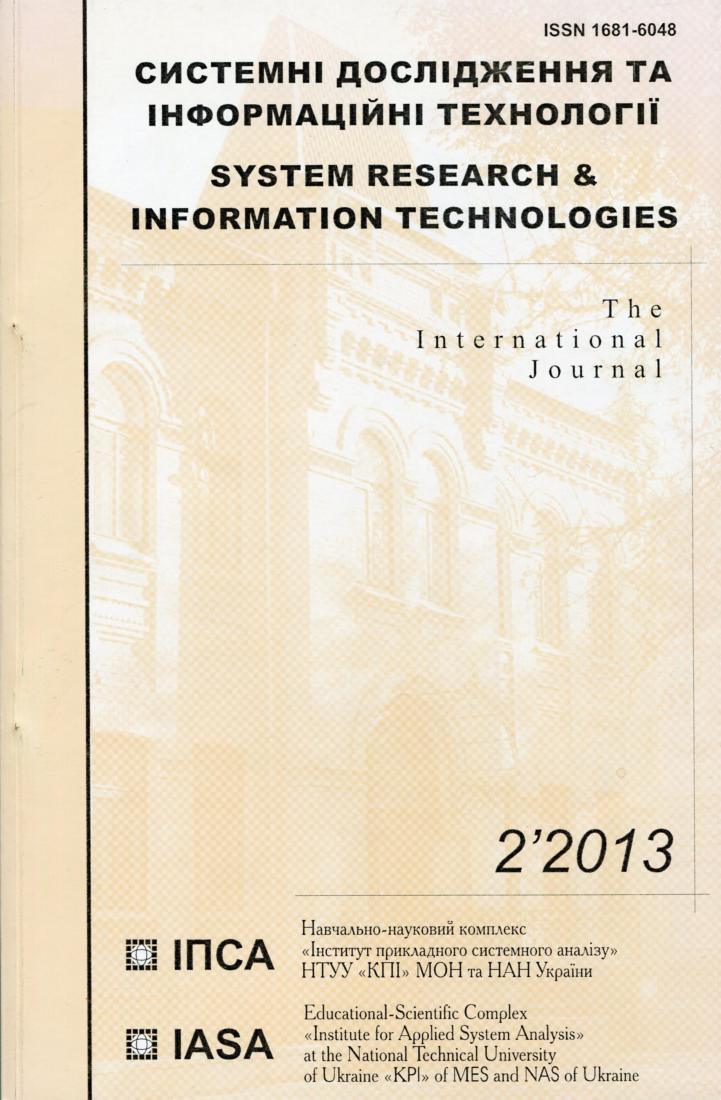Synthesis of the structure of the information protection system with the use of positional game of the defender and attacker
Abstract
The approach to solving tasks on creation of information protection system under the conditions of the attacker’s attacks of complex nature and the limited resources of the defender for the construction of information protection system is proposed. In terms of the game theory the model based on the formula of information security risk and conflicting relationship between the attacker and the defender, is built. An optimization problem on minimizing the cost for protection system construction, if there are information about the attacker and the system vulnerabilities, is formed on the basis of developed model. The algorithm of problem solution on the basis of methods of the expert evaluation to get basic data, game theory, mathematical programming is developed. The result of solution of this problem is the optimal set of protection mechanisms, which will provide the maximum level of security (minimum value of information security risk) at the established limitations. On the distributed information and communication system, the calculation of the optimal allocation of protection mechanisms for reaching the minimum value of risk is carried out and practical suitability of the developed approach is proved.References
Грайворонський М.В., Новіков О.М. Безпека інформаційно-комунікаційних систем. — К.: BHV, 2009. — 608 c.
Рябинин И.А. Научная Школа "Моделирование и Анализ Безопасности и Риска в Сложных Системах" и ее смысл // Труды четвертой Международной научной школы МА БР 2004, июнь 22–25, 2004. — 650 с.
Родіонов А.М. Логіко-імовірнісна модель захищеності компонентів інформаційно-комунікаційних систем // Інформаційні технології та комп’ютерна інженерія. — 2008. — № 1 (11). — С. 170–175.
Глушак В.В., Новіков О.М. Метод проектування систем захисту інформації з використанням детермінованої гри "захисник-зловмисник" // Наукові вісті НТУУ "КПІ". — 2011. — № 2. — С. 46–53.
Архипов А.Е. Технологии експертного оценивания в задачах защиты информации // Інформаційні технології та комп’ютерна інженерія: міжнар. наук.- техн. журн. — 2005. — № 1. — С. 89–94.
Суздаль В.Г. Теория игр для флота. — Москва.: Воениздат, 1976. — 317 с.
Понтрягин Л.С. Линейная дифференциальная игра убегания // Труды Математического института АН СССР, Т. 112. — 1971. — М.: Наука. — С. 30–63.
Ishai Menache, Eitan Altmany Battery-State Dependent Power Control as a Dynamic Game // Modeling and Optimization in Mobile, Ad Hoc, and Wireless Networks and Workshops. — 2008. — WiOPT 2008. 6th International Symposium on. — Berlin. — P. 242–250.
Мулен Э. Теория игр с примерами из математической экономики. — Москва: Мир, 1985. — 200 с.
Brown G., Carlyle M., Salmeron J., Wood K. Defending critical infrastructure // Interfaces. J. — 2006. — 36. — P. 530–544.
Quesada I., Grossmann I.E. An LP/NLP Based Branch and Bound Algorithm for Convex MINLP Optimization Problems // Computers Chem. Eng. — 1992.— 16 (10/11). — http://repository.cmu.edu/cgi/viewcotent.cgi? artcle=1176&context=cheme.

